The migration and the protection of the cultural patrimony in San Francisco of Miracle, Ecuador
Keywords:
Migration, protection of cultural heritage, cultural identity, San Francisco de Milagro, traditionsAbstract
Introduction: International migration experiences have shown that multiple factors influence people's migration. Various aspects have been addressed by various studies, ranging from the impact of demographic factors as causes of migration dynamics, remittances, community development, xenophobia and discrimination, and the impact of gender, among others. In order to continue contributing to migration studies, the influence of this process on the conservation of cultural heritage in a geographic area of Ecuador was incorporated. Therefore, the objective was to analyze how migration affects the cultural heritage of San Francisco de Milagro, both in terms of the preservation of local traditions and the creation of new cultural spaces. Materials and methods: The study was conducted through empirical qualitative research methods, involving scientific observation and interviews with specific groups of people to verify their perceptions of cultural heritage and participation in its protection. Documentary analysis was used to assess the behavior of the migration process in the area of San Francisco de Milagro and its impact on the conservation of tangible heritage. Results: The main result was a description of the opportunities that migration can offer for cultural enrichment to new generations of migrants. Discussion: The relationship between migration and the conservation of cultural heritage constitutes a tool that should be a focus of attention for social scientists who delve into the behavioral aspects of this process. Conclusions: The study in San Francisco de Milagro takes on the challenge of demonstrating the interrelationship between both categories and the alternatives that were identified for achieving this link. Consequently, the potential that the territory offers to constitute a benchmark for internal mobility in search of better life opportunities was described.
References
Acuña-Álfaro, J. y Khoudour, D. (2020). “Aprovechando el potencial de la migración”, Serie Transformación del PNUD, 31 de enero, https://www.undp.org/content/undp/en/home/blog/2020/harnessing-the-potetial-of-migration-in-latin-america-and-the-c.html
Arango, J. (2003). La explicación teórica de las migraciones: luz y sombra. Revista Migración y desarrollo, no.1.
Balarezo, D. y Rodríguez, R. (2008). Breve síntesis histórica del Cantón Milagro. http://wwwhistoriacantonmilagro.files.wordPress.com.pdf.
Barragán, I. (2022). El análisis de redes espaciales para el estudio de las migraciones. Instituto de Altos Estudios Nacionales del Ecuador. http://ddd.uab.cat
Bravo, G., (2016). Las migraciones internacionales y la seguridad multidimensional. Revista Valparaíso.
Buchelli y Fontenla (2020). Migración de retorno y violencia. RUDICS, 10(19). http://www.sciencedirect.com/science/article/pii/S03057504443
Blyde, J., Busso, M., Ibáñez. (2020), El impacto de la migración en América Latina y el Caribe. Un análisis de la evidencia reciente. Banco Interamericano de desarrollo. http://creativecommons.org/licenses/by.nc-nd/3.0/igo/legalcode
Contreras y Gallardo. (2020). The effects of Mass Migration on the Academic Performance of Native Students: Evidence from Chile. Banco Iberoamericano de Desarrollo. http://dx.doi.org/10.18235/0002732
Dillón, P. (2022). Cantoneando la costa ecuatoriana: Cantón Milagroso. http://www.dspace.ups.edu.ec.pdf
Ecuador. (s.f). Resumen histórico del Cantón San Francisco de Milagro. http://www.cantonmilagro.webnode.cl/resumen-historico-del-canton-san-francisco-de-milagro
Eguiguren. (2017). Los estudios de la migración en Ecuador: del desarrollo nacional. Revista de Ciencias Sociales. Núm. 58.
Massó, E. (2006). La identidad cultural como patrimonio inmaterial: relaciones dialécticas con el desarrollo. Revista Theoría. Ciencia. Arte.Humanidades,15.
Morejón, E. y Vergara, A. (2022). Gran Guayaquil: Propuesta de un modelo potencial de Desarrollo. Publisher. Universidad ECOTEC.
Naciones Unidas. (2018), La Agenda 2030 y los Objetivos de Desarrollo Sostenible: una oportunidad para América Latina y el Caribe (LC/G.2681-P/Rev.3), Santiago.
OIM. (2024). Internacional para las Migraciones http://worldmigrationreport.iom.int
ONU. (1948). Declaración Universal de los derechos humanos. A/RES/217. http://www.ohchr.org/EN/UDHR/Documents/Translation/pdf
Sandell. (2007). Inmigración: diferencias a nivel mundial. Real Instituto Elcano. http://www.reserarchgate.net/publication/28176361
Velasco, L. (1998). Identidad cultura y territorio: una reflexión en torno a las comunidades transnacionales. Revista Región y Sociedad, IX, 25-32.
Villardón, J. L. V. (2007) Introducción al análisis de clúster. Departamento de Estadística, Universidad de Salamanca. http://www.scholar.google.es.pdf
Yerko, N. (2012). La migración y sus efectos en la cultura. Revista Sociológica, 27, 12-18.
Zúñiga, X. (2019). Responsabilidad social universitaria y necesidades de la sociedad: movilidad en el Cantón Milagro-Ecuador. Revista Espacios, 40, 24-35.
Downloads
Published
How to Cite
Issue
Section
License
Copyright (c) 2025 Sandra Edith Rodríguez Bejarano, Lidia Ines Diaz Gispert

This work is licensed under a Creative Commons Attribution-NonCommercial-NoDerivatives 4.0 International License.
This journal provides immediate open access to its content, based on the principle that offering the public free access to research helps a greater global exchange of knowledge. Each author is responsible for the content of each of their articles.



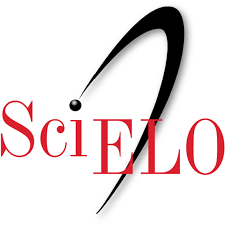






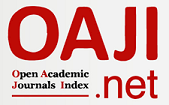

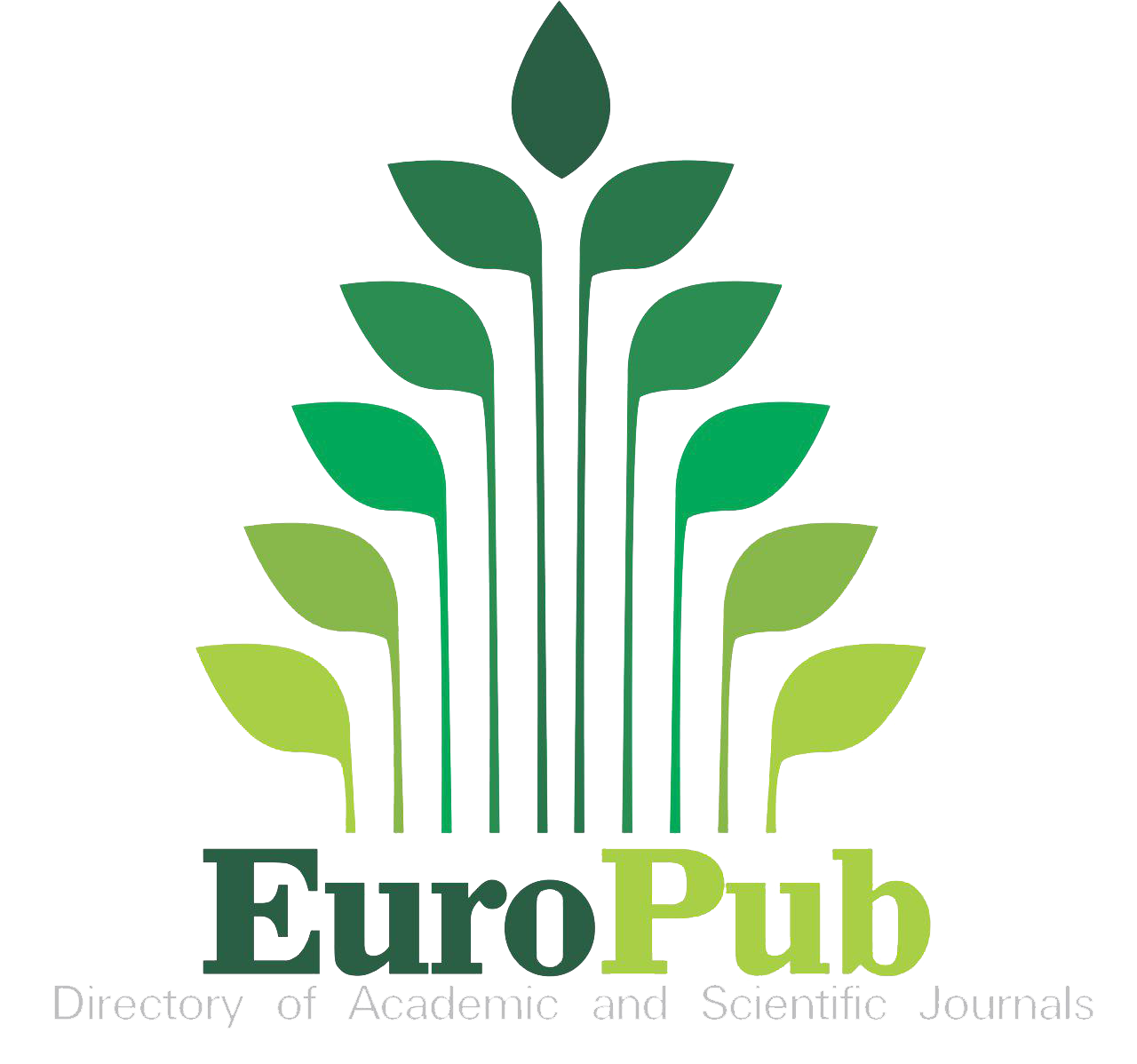



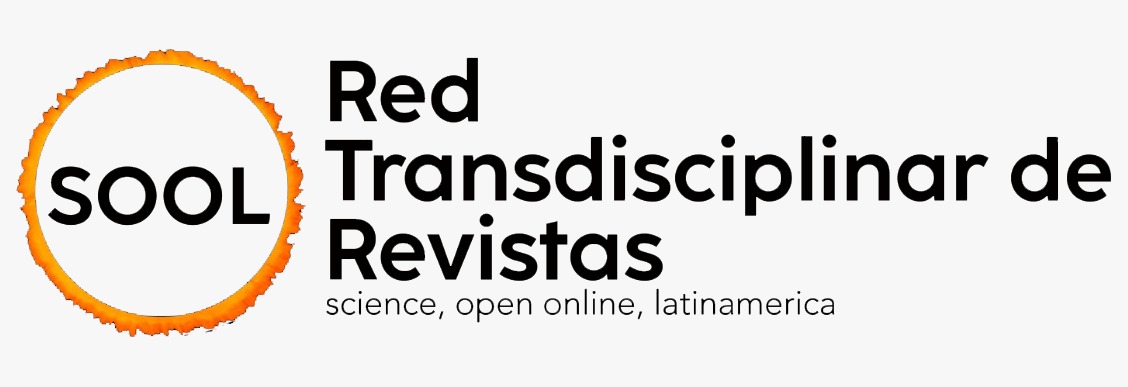



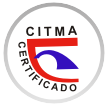






 Universidad de Oriente
Universidad de Oriente 